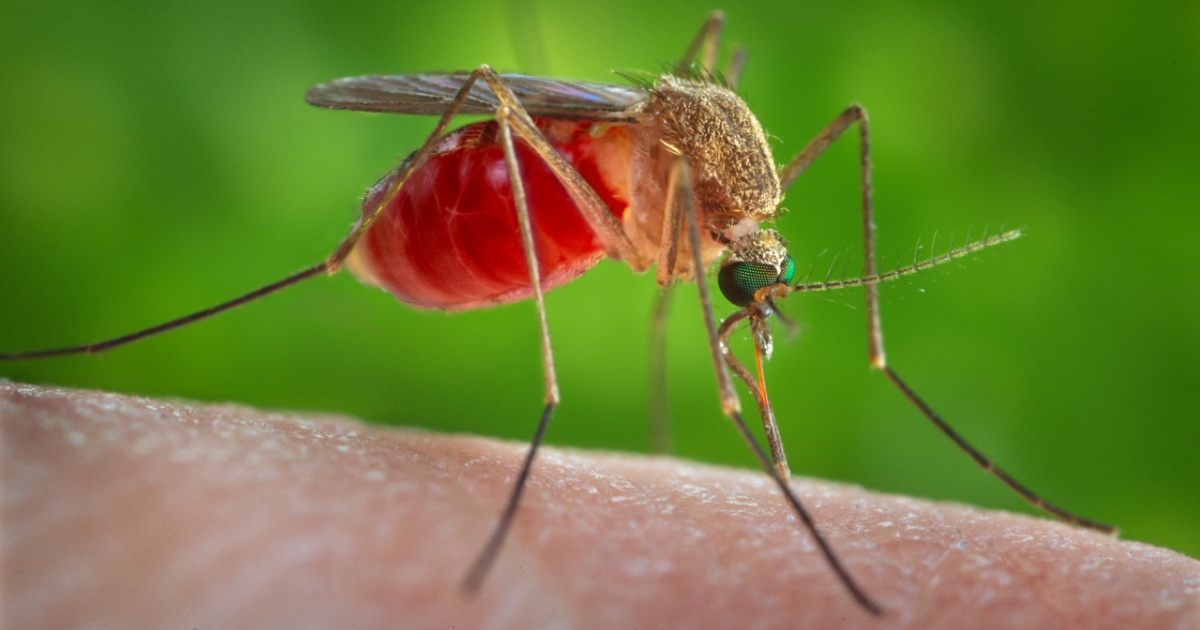The Ministry of Health of Brazil has announced this week the first recorded deaths worldwide from the Oropouche virus, a virus currently affecting many provinces in Cuba. The victims were two women under 30 years old, residing in the state of Bahia in northeastern Brazil, who had no underlying health conditions but exhibited symptoms similar to severe dengue, according to a statement from the South American country's health ministry.
“Until now, there were no reports in the global scientific literature of deaths caused by this disease,” added the ministry. Authorities are also investigating a possible Oropouche-related death in the state of Santa Catarina in southern Brazil, while a potential case in Maranhao in the northeast has been ruled out.
Oropouche Fever in Brazil and Beyond
Oropouche fever, transmitted by midges and mosquitoes, was first detected in Brazil in 1960. Since then, cases have primarily been reported in the Amazon region. So far this year, the country has recorded at least 7,236 cases. The disease, also present in other Latin American countries, presents symptoms similar to dengue, though usually milder.
Oropouche Virus Spreading in Cuba
Cuba acknowledged its first cases of Oropouche fever at the end of May, in the province of Santiago de Cuba. Since then, the disease has alarmingly spread across the country. In early July, Cuban health authorities reported cases in at least twelve provinces and admitted a lack of resources to control the epidemiological situation.
Recently, the European Centre for Disease Prevention and Control (ECDC) reported that Spain and Italy have documented six cases in individuals who had traveled to Cuba, with only one requiring hospitalization.
Oropouche fever is an arboviral disease transmitted by the bite of the Culicoides paraensis, commonly known as the midge, and certain Culex quinquefasciatus mosquitoes. Common symptoms include fever, headache, joint stiffness, aches, chills, and sometimes nausea and vomiting. Symptoms typically appear between four and eight days after infection and last from five to seven days, although complete recovery can sometimes take weeks.
Until now, severe cases of the virus could lead to aseptic meningitis, according to the World Health Organization (WHO), but no deaths had been recorded until the recent documentation by Brazil's health ministry. As of the closure of this report, the Ministry of Public Health (MINSAP) of Cuba has not commented on the statement from its Brazilian counterpart.
Understanding Oropouche Virus and Its Impact
To provide more clarity on the Oropouche virus and its implications, here are some frequently asked questions:
What is the Oropouche virus?
The Oropouche virus is an arboviral disease transmitted by midges and certain mosquitoes, causing symptoms similar to dengue but usually milder.
Where was the Oropouche virus first detected?
The virus was first detected in Brazil in 1960, primarily affecting the Amazon region.
How is the Oropouche virus spreading in Cuba?
Cuba reported its first cases in Santiago de Cuba in May, and the virus has since spread to at least twelve provinces as of early July.
What are the common symptoms of Oropouche fever?
Common symptoms include fever, headache, joint stiffness, aches, chills, and sometimes nausea and vomiting.
